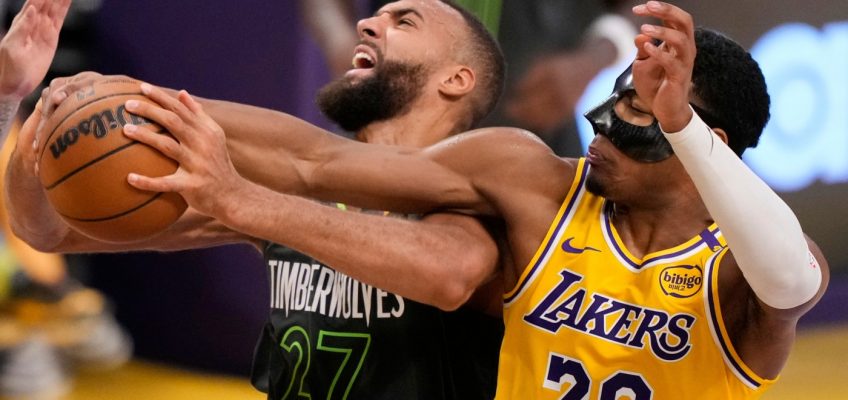The deal has closed, the merger is complete.
Old National Bancorp announced on Thursday the closing of its previously-announced merger with St. Paul-based Bremer Financial Corporation.
Bremer Financial Corporation is the bank holding company for Bremer Bank.
This merger means that Old National is the third-largest bank to the Twin Cities and among the top 25 banking companies headquartered in the United States.
Bremer, one of the nation’s largest farm lenders, maintains 70 branches in Minnesota, North Dakota and Wisconsin.
Old National will increase its previous five-year “Community Growth Plan” commitments of $9.5 billion to $11.1 billion, it announced in a news release.
“This adds approximately $1.6 billion in lending, investments and philanthropy commitments in Minnesota, North Dakota, and Wisconsin,” the news release stated.
Also, the Otto Bremer Trust will maintain an 11% ownership stake in Old National, and Daniel Reardon, the co-CEO and trustee of Otto Bremer Trust, is joining the Old National board of directors.
As for Bremer Bank, it will operate as a division of Old National Bank “prior to the facilities and systems conversion,” which is anticipated to occur in mid-October, according to Old National.
The combined organization will operate under the Old National Bancorp and Old National Bank names, a news release stated.
For now, clients will continue to be served through their respective Old National or Bremer branches, websites, mobile apps, financial advisors and relationship managers until the systems conversion is complete. Clients can continue to use the full ATM network of both banks for cash withdrawals at no charge, according to Old National.
Jeanne Crain, chief executive officer of Bremer Bank, announced mid-April she would step down from the role on May 16, once the merger was complete.
Related Articles
Kohl’s ousts CEO Buchanan after investigation into some vendor transactions
Microsoft and Meta Platforms lead Wall Street higher
The number of Americans filing for jobless claims jumps last week, but remains at healthy levels
Visa wants to give artificial intelligence ‘agents’ your credit card
The home of Elon Musk’s SpaceX could become an official Texas city called Starbase




